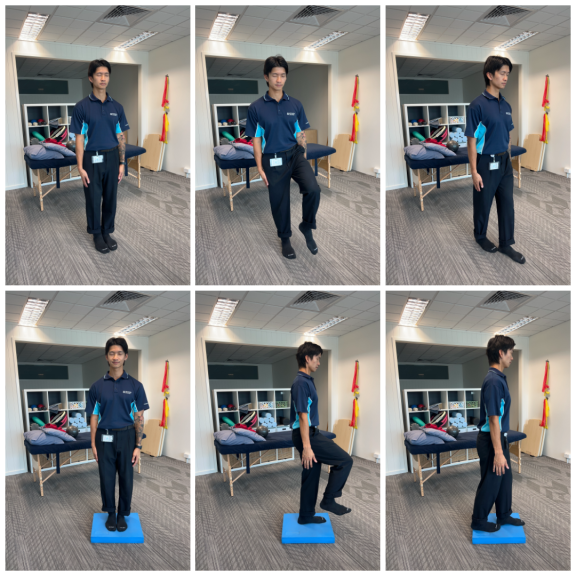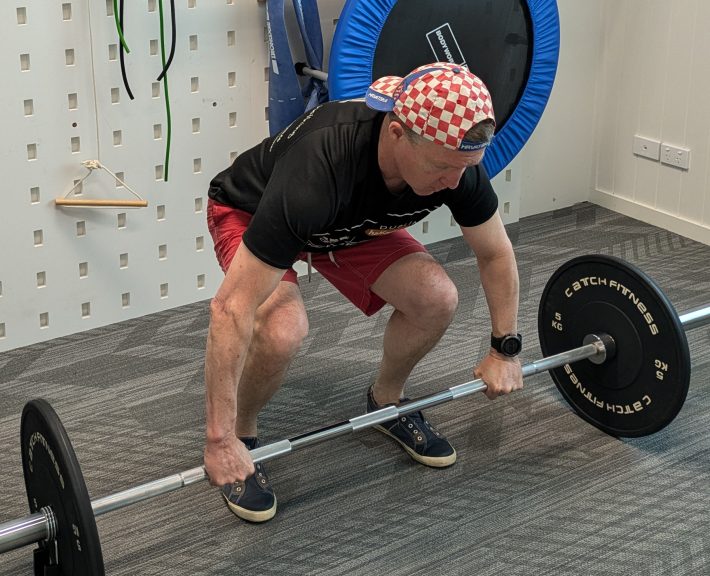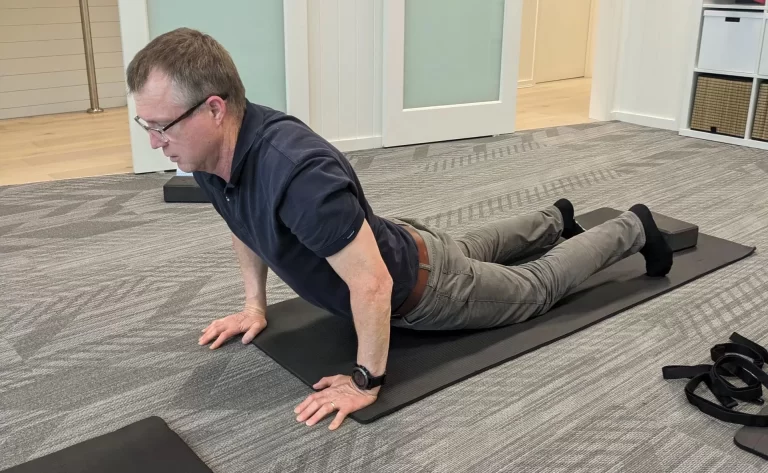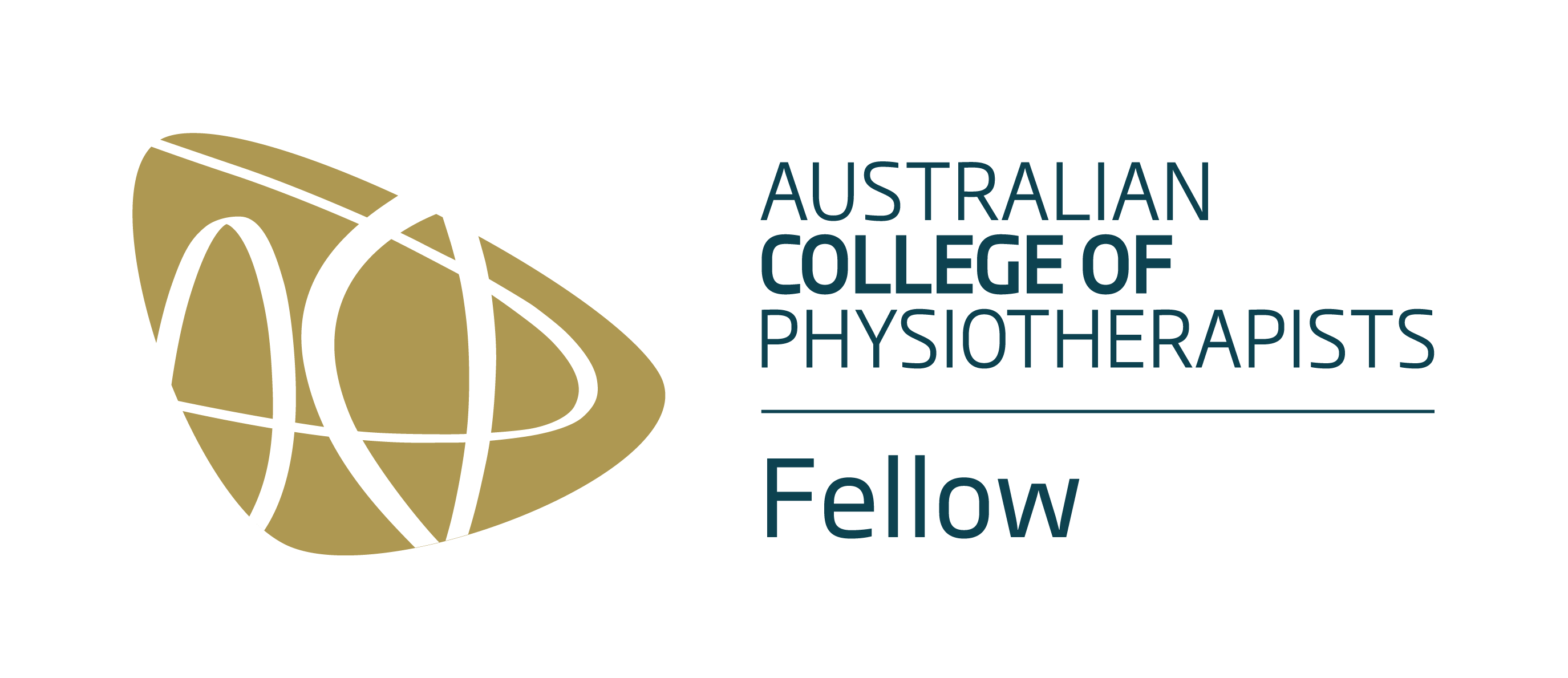Do you, or have you ever had elbow pain with gripping or wrist movements? Has a simple task like opening a jar triggered pain around your elbow? If so, this article will be a game changer!
What you are experiencing is called lateral epicondylalgia A.K.A tennis elbow. Now I know what you must be thinking: “but I don’t even play tennis! So what does tennis elbow have to do with me?” While tennis elbow is common in tennis players, with one in two players experiencing it at some stage in their career (2), it is also common in repetitive upper extremity activities. For this reason, it is commonly seen in people with repetitive one-sides movements in their jobs such as electricians, carpenters, gardeners and desk bound jobs (3).
Tennis elbow is an overuse injury that can linger if left untreated and it can cause a harmful loop where the more you use your arm the more it starts to hurt. This can make day to day activities a nightmare, especially considering that the majority of cases are in the dominant arm. Some patients also experience interrupted sleep, with things like pulling up the covers triggering pain.
Research suggests that exercise and hands-on physiotherapy is the most effective course of action, above the use of injection and medications (1). Physiotherapy will work towards identifying the problem and target it using tailored treatment. This can rectify imbalances and de-load overstressed structures, ultimately breaking the overuse cycle and allowing healing to occur.
Tennis elbow pain can be caused by many things and it is a physiotherapist's role to identify the primary contributors. This could include:
- Tendonopathy, the tendon (the muscle bone attachment tissue) is unhealthy.
- The neck is a background driver to the problem.
- The nerve system ‘changes gear’ and works differently in response to movement and use.
- One of the elbow joints is inflamed, stiff or potentially not stable.
There may be a combination of all of these factors.
Depending on the cause, physiotherapy will likely involve the following:
Muscle and tendon training: This an include making the muscle contract without moving, tightening as it is being stretched or we tech you to slide the radial nerve as it passes the elbow to sooth and add load resilience.
Structure de-loading: Therapeutic tape can be used to offload the soft tissues to allow them to recover and prevent the nerve system over-reacting, by giving it some downtime from being over stimulated. Don’t forget that the soft tissue re-positioning may also improve muscle function, a good reason to see tape as more than a crutch.
Optimal loading: Changing how you do certain provocative things will change how much load is being put through certain structures. This could involve changing your grip, wrist position to lift carry and push as well as pacing activities to do as much but do it differently.
So what are you waiting for?! If you want to end all the tennis elbow racquet and give your elbow the love it deserves, serve up some of these tips and check out our video above by clicking on the image, to help you net some results!
References:
- Coombes, B., Bisset, L., & Vicenzino, B. (2015). Management of Lateral Elbow Tendinopathy: One Size Does Not Fit All. Journal Of Orthopaedic & Sports Physical Therapy, 45(11), 938-949. doi: 10.2519/jospt.2015.5841
- Nirschl, R. (1992). Elbow Tendinosis/Tennis Elbow. Clinics In Sports Medicine, 11(4), 851-870. doi: 10.1016/s0278-5919(20)30489-0
- Walz, D., Newman, J., Konin, G., & Ross, G. (2010). Epicondylitis: Pathogenesis, Imaging, and Treatment. Radiographics, 30(1), 167-184. doi: 10.1148/rg.301095078














